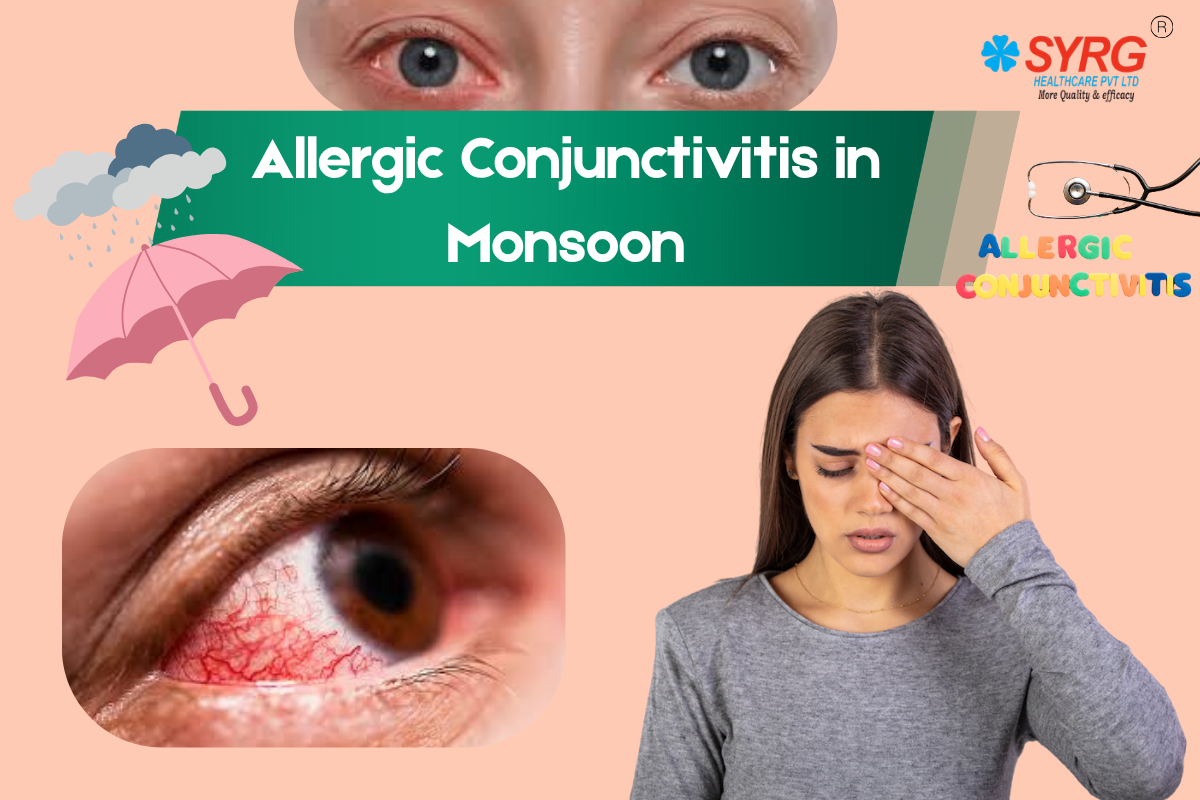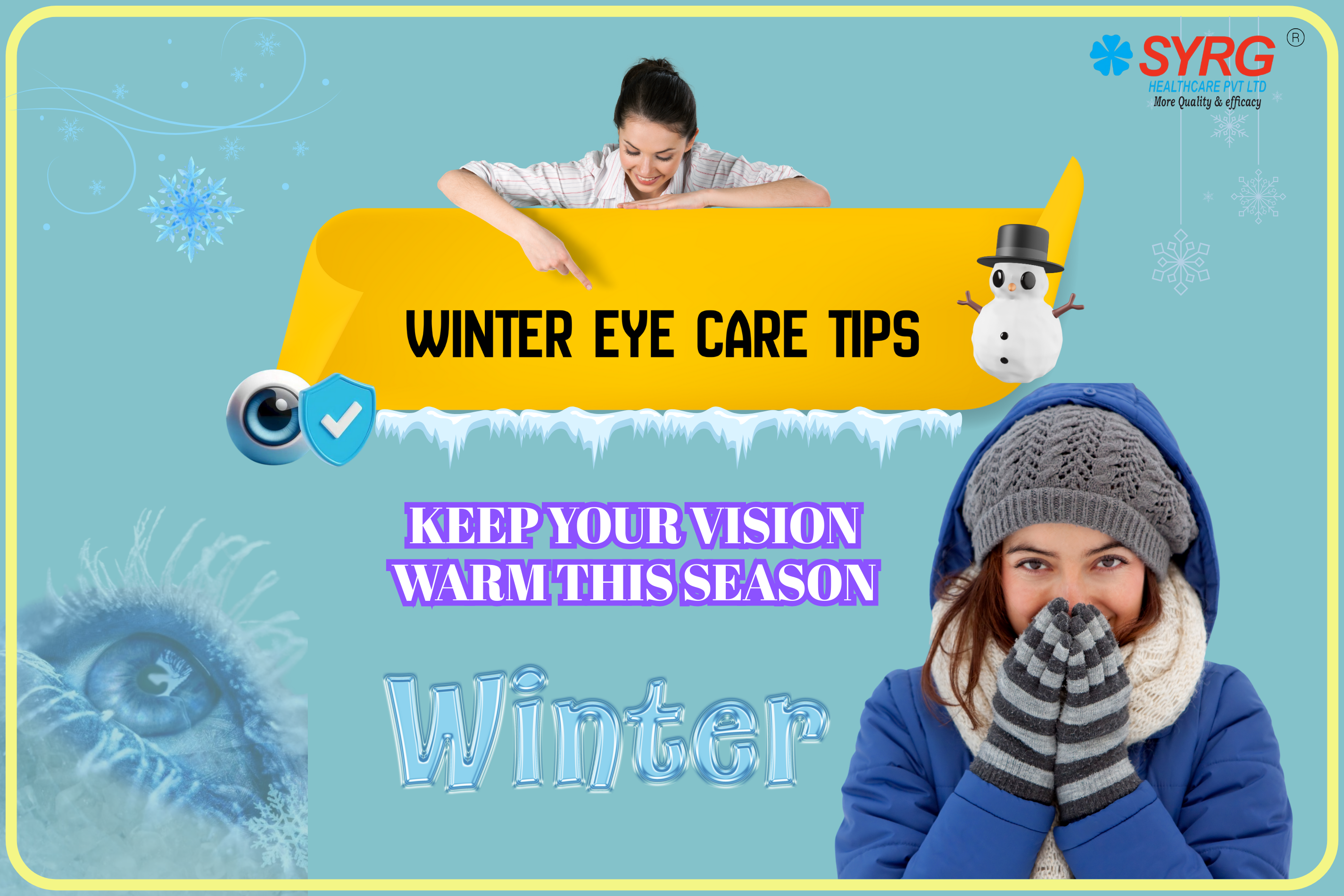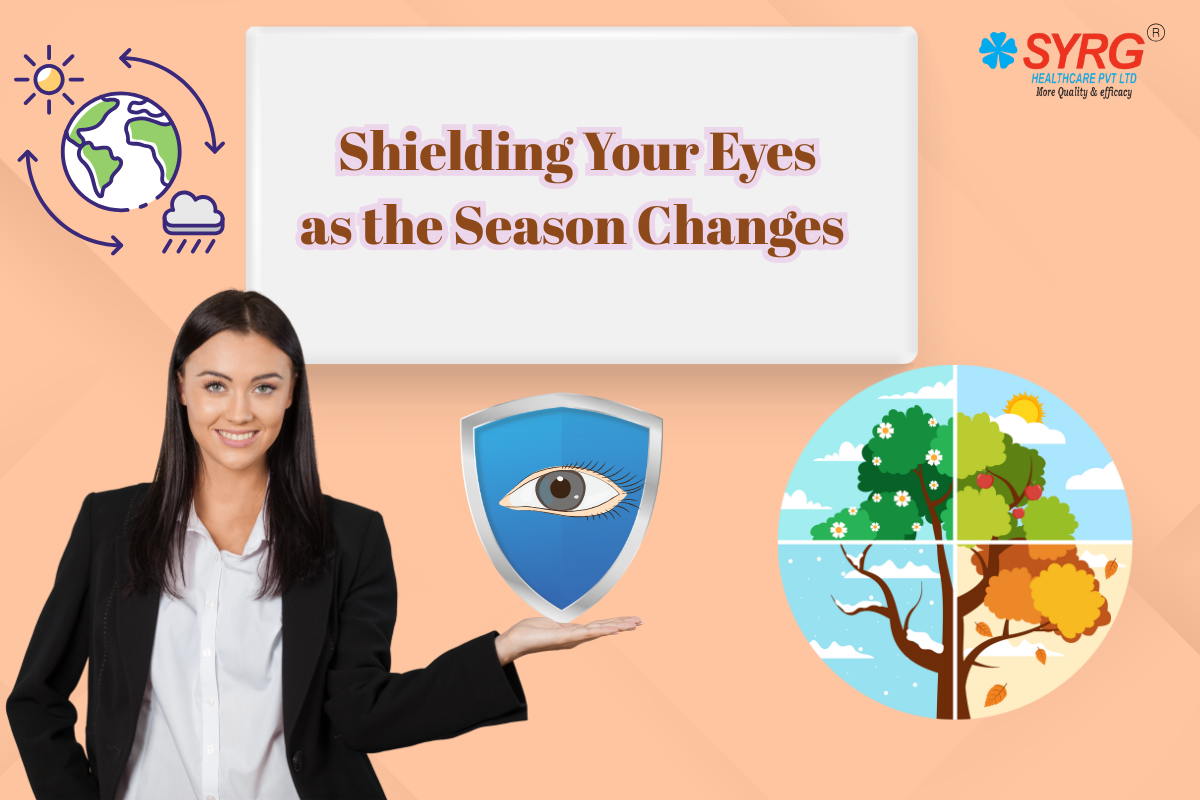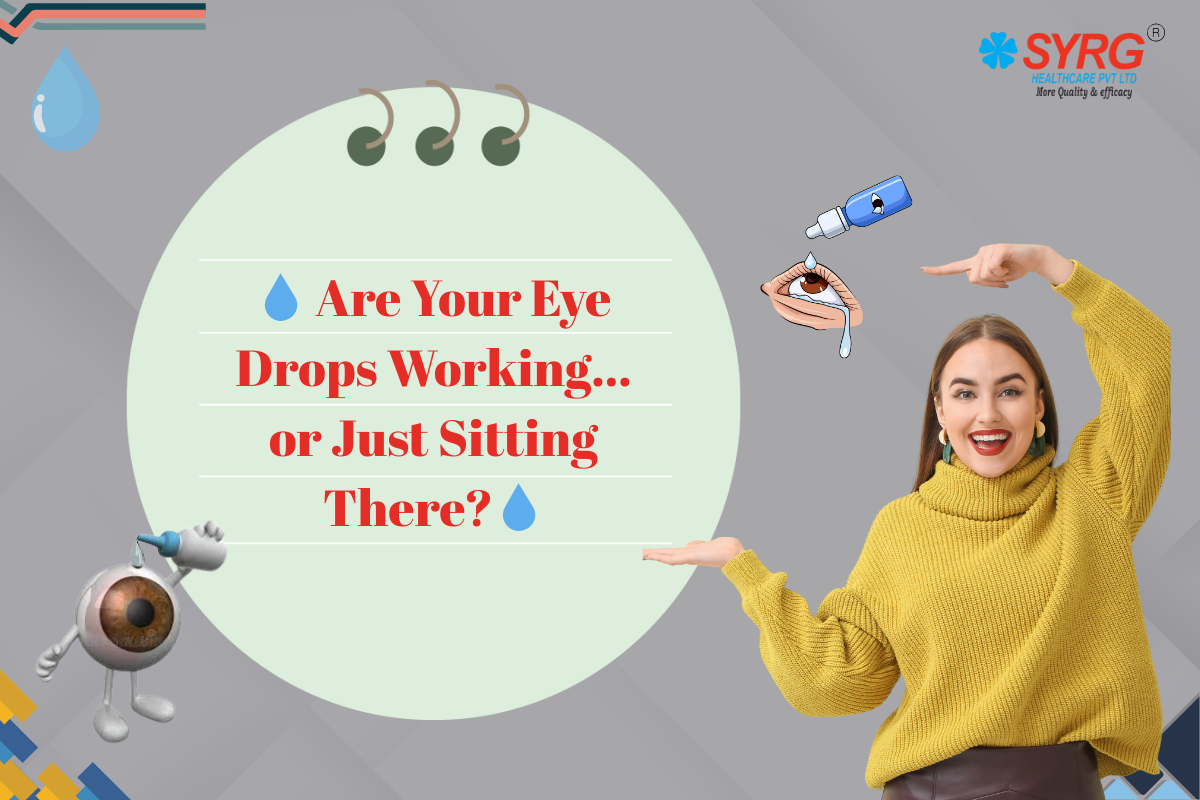Conjunctivitis: When the Monsoon Brings More Than Rain
1. Allergic Conjunctivitis in Monsoon: Causes, Symptoms & Prevention
.png)
Allergic conjunctivitis is an inflammation of the conjunctiva—the thin, transparent layer covering the white part of the eye—triggered by allergens like pollen, dust, mold, and pet dander.
During the monsoon, the air carries higher levels of moisture, encouraging the growth of molds and increasing the spread of pollen. Combined with sudden temperature changes and humidity, this makes our eyes more sensitive and prone to allergies.
Causes:
-
Airborne allergens such as pollen from newly grown plants.
-
Mold spores thriving in damp environments.
-
Indoor allergens like dust mites, especially when windows stay closed during rains.
-
Exposure to polluted rainwater or contaminated hands.
Symptoms:
-
Persistent itching and burning sensation.
-
Redness and swelling of the eyes.
-
Excessive tearing (watery eyes).
-
Mucus discharge or sticky eyes.
-
Sensitivity to light (photophobia).
Prevention:
-
Limit outdoor activities during high pollen or mold periods.
-
Keep living spaces dry and well-ventilated.
-
Use air purifiers indoors if possible.
-
Wash hands frequently and avoid touching your eyes.
-
Use doctor-prescribed anti-allergic eye drops as preventive care.
2. Symptoms of Allergic Conjunctivitis
Recognizing allergic conjunctivitis early helps in managing it effectively.
Here are the most common signs to watch for:
-
Red or pink eyes that appear inflamed.
-
Intense itching or burning sensation.
-
Watery or sometimes stringy discharge.
-
Puffy eyelids, especially after waking up.
-
Sensation of having “something in the eye.”
-
Increased tearing when exposed to wind, sunlight, or allergens.
-
Mild pain or discomfort, which usually subsides when allergens are removed.
These symptoms usually affect both eyes simultaneously, unlike bacterial infections which may start in one eye.
3. Risk Factors in Monsoon: Why Monsoon Increases Eye Allergies
.png)
Monsoon transforms the environment, but these very changes bring risks for allergic conjunctivitis:
-
Increased humidity: Creates ideal conditions for molds and fungus to grow indoors and outdoors.
-
Rise in pollen levels: Many plants pollinate at the start of rains.
-
Damp spaces: Uncleaned corners, carpets, and furniture collect dust and mold spores.
-
Temperature variations: Shifting from humid outdoors to air-conditioned rooms strains the eye surface.
-
Increased outdoor exposure: Children playing in rain, commuters getting drenched, and travel during sudden showers.
-
Polluted rainwater: Contaminants in rainwater can irritate already sensitive eyes.
By being aware of these risk factors, you can take steps to protect your eyes during this beautiful yet challenging season.
4. Before and After Image
.png)
-
Left side: Red, swollen, allergic eyes with visible veins and puffiness, showing discomfort.
-
Right side: Clear, healthy, bright eyes reflecting comfort and well-being.
This comparison not only highlights the problem but also gives hope that proper care and preventive measures can make a visible difference.
5. Protect Your Eyes This Monsoon
.png)
While we can’t change the weather, we can certainly change how we respond to it. Here are essential tips to keep your eyes healthy:
-
Avoid rubbing your eyes: It worsens inflammation and spreads allergens.
-
Use clean tissues or cotton: Gently dab away tears instead of wiping with hands or unclean cloth.
-
Wear protective glasses: Especially while riding two-wheelers or during high wind days to prevent dust and pollen from entering.
-
Stay indoors on high pollen days: Reduce exposure during early mornings and late evenings when pollen counts are higher.
-
Use doctor-prescribed eye drops: Never self-medicate; use lubricating or anti-allergic drops recommended by an eye specialist.
-
Keep surroundings clean and dry: Regularly clean damp areas, curtains, and bedsheets.
Conclusion
.png)
Monsoon is a season of renewal and beauty, but it can also challenge our eye health. By understanding allergic conjunctivitis, recognizing its symptoms, and following preventive measures, we can enjoy every raindrop without discomfort.
Let’s prioritize eye care not just for clarity of vision but also for quality of life.
FAQs about Allergic Conjunctivitis in Monsoon
Q1: Is allergic conjunctivitis contagious?
No, unlike bacterial or viral conjunctivitis, allergic conjunctivitis is not contagious.
Q2: Can I use over-the-counter eye drops?
It’s best to consult an eye specialist before using any medication to avoid complications.
Q3: Will staying indoors completely prevent allergic conjunctivitis?
Not entirely, but it can significantly reduce exposure to allergens like pollen and dust.
Q4: Are children more prone to allergic conjunctivitis during monsoon?
Yes, especially those who play outdoors frequently or have a history of allergies.
Q5: Can wearing glasses help?
Yes, protective glasses reduce direct exposure to airborne allergens.
🌧️👁 Healthy eyes, rain or shine! 👁🌧️
.png)





